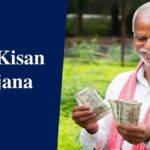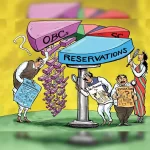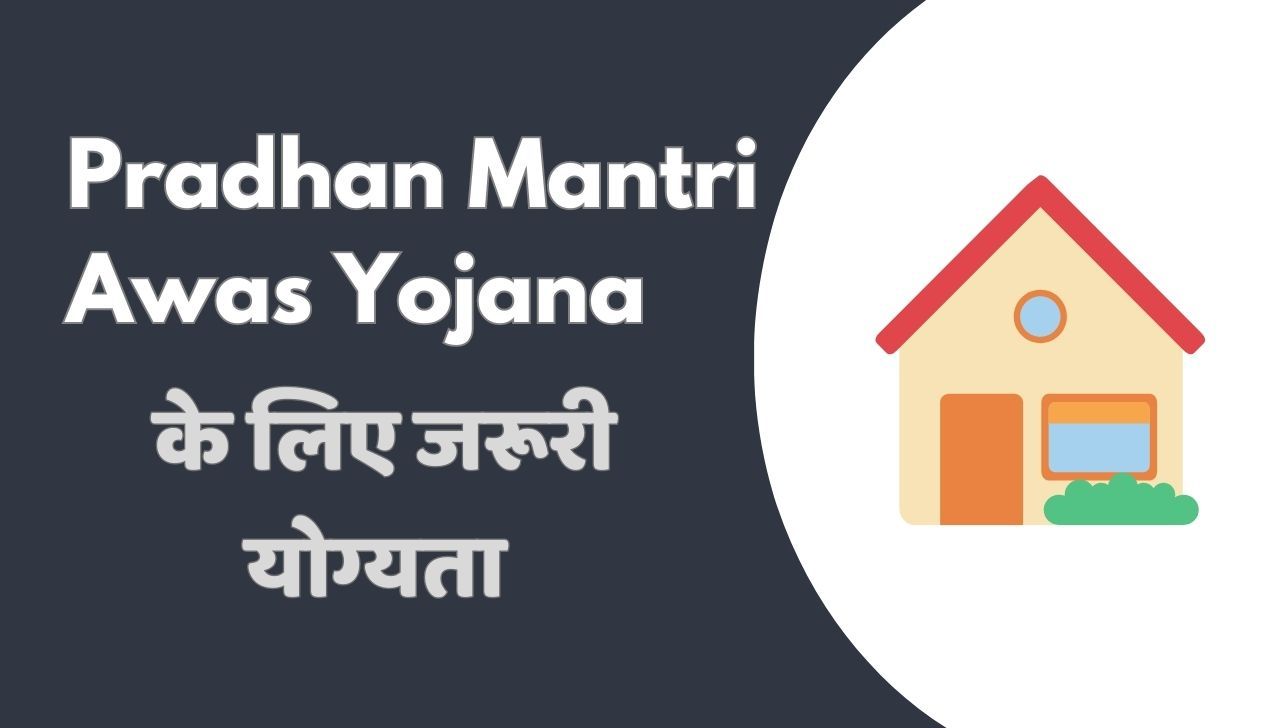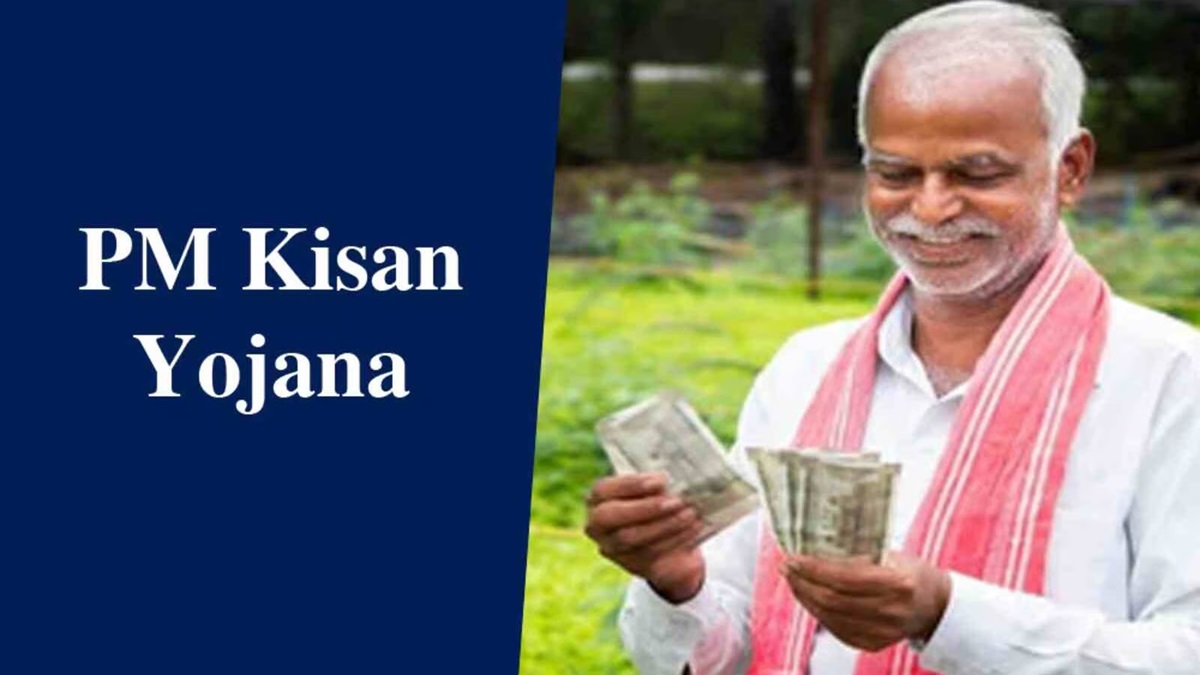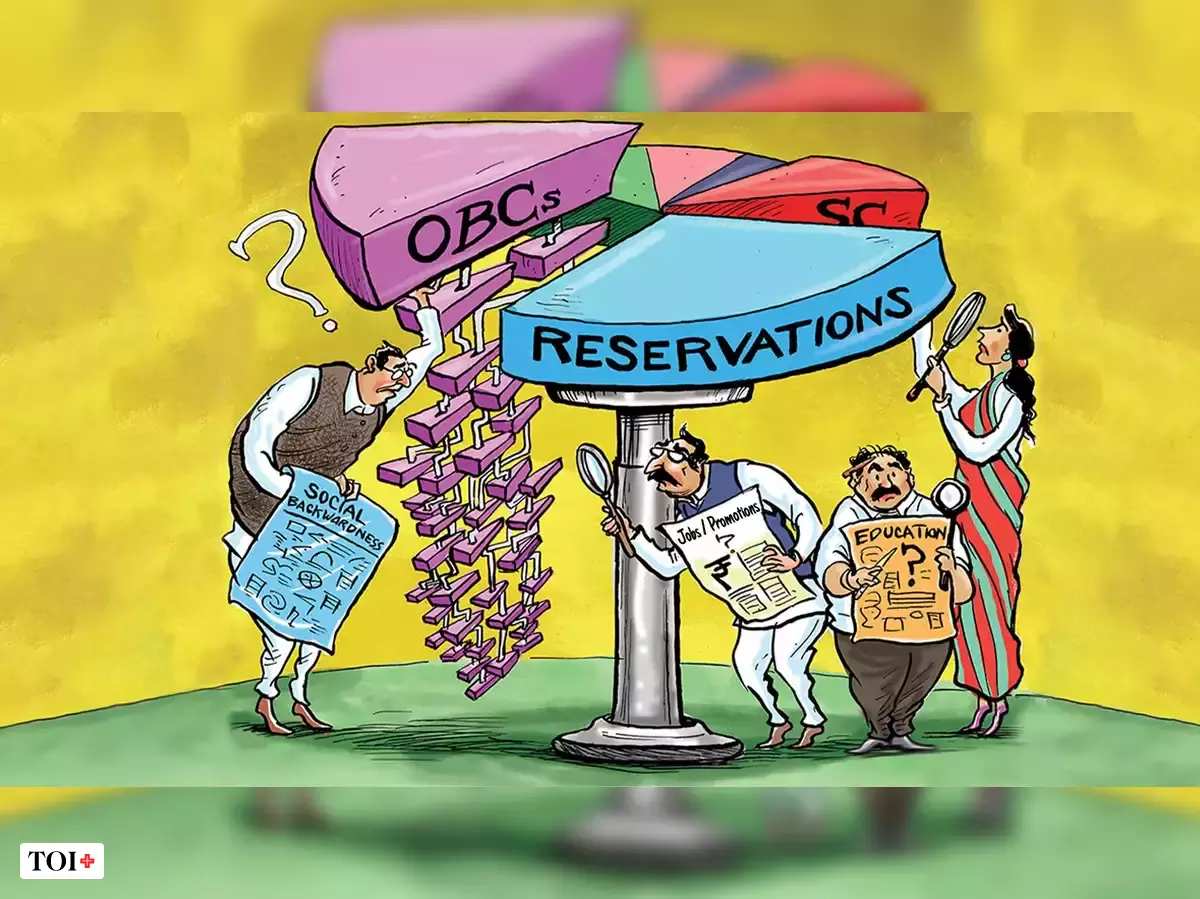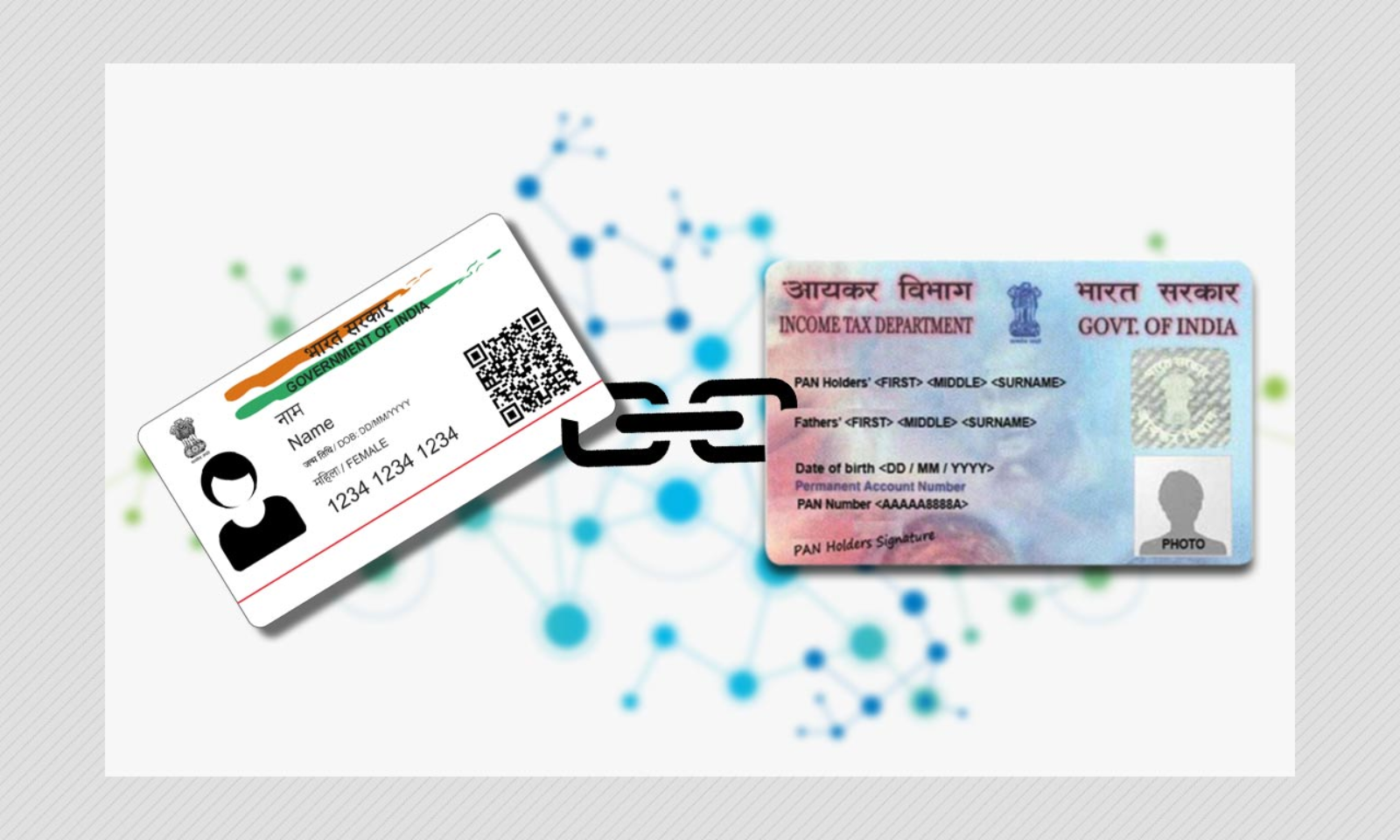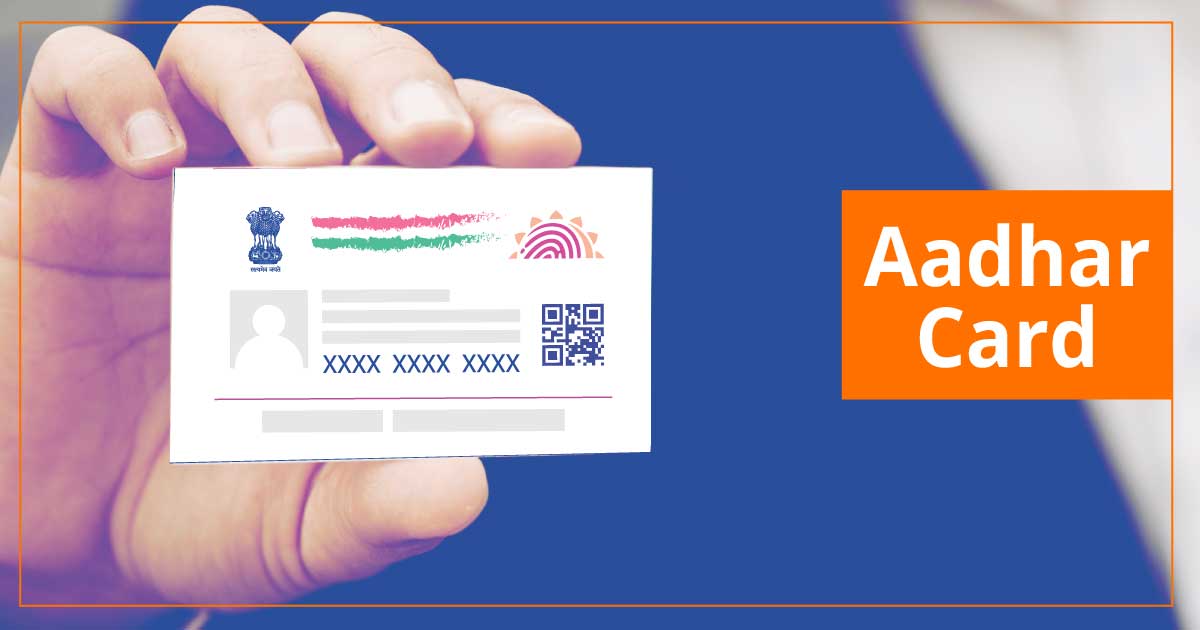The Pradhan Mantri Awas Yojana (PMAY) stands as the Indian government’s flagship initiative, dedicated to ensuring housing for all by 2022. With the overarching objective of securing every Indian citizen a comfortable and stable abode, PMAY strives to close the gap in housing availability and affordability. To realize this formidable aspiration, PMAY has laid out precise eligibility prerequisites to identify and support individuals requiring assistance. This article delves into an in-depth examination of those who qualify for the Pradhan Mantri Awas Yojana and the multifaceted aspects of this program.
Eligibility Criteria
In order to qualify for the Pradhan Mantri Awas Yojana, prospective beneficiaries need to satisfy specific conditions, encompassing factors such as income, property ownership, and more. These conditions have been carefully designed to accommodate the varied socio-economic profiles and housing needs of the Indian populace.
Economically Weaker Sections (EWS) and Low-Income Groups (LIG):
EWS: Household income up to Rs. 3 lakh per annum.
LIG: Household income between Rs. 3 lakh and Rs. 6 lakh per annum.
Individuals falling under the EWS and LIG categories are prime beneficiaries of PMAY. They can avail substantial subsidies on home loans to make housing more affordable.
Middle-Income Groups (MIG):
MIG I: Household income between Rs. 6 lakh and Rs. 12 lakh per annum.
MIG II: Household income between Rs. 12 lakh and Rs. 18 lakh per annum.
The MIG categories, although with higher income limits, can also avail interest subsidies on housing loans.
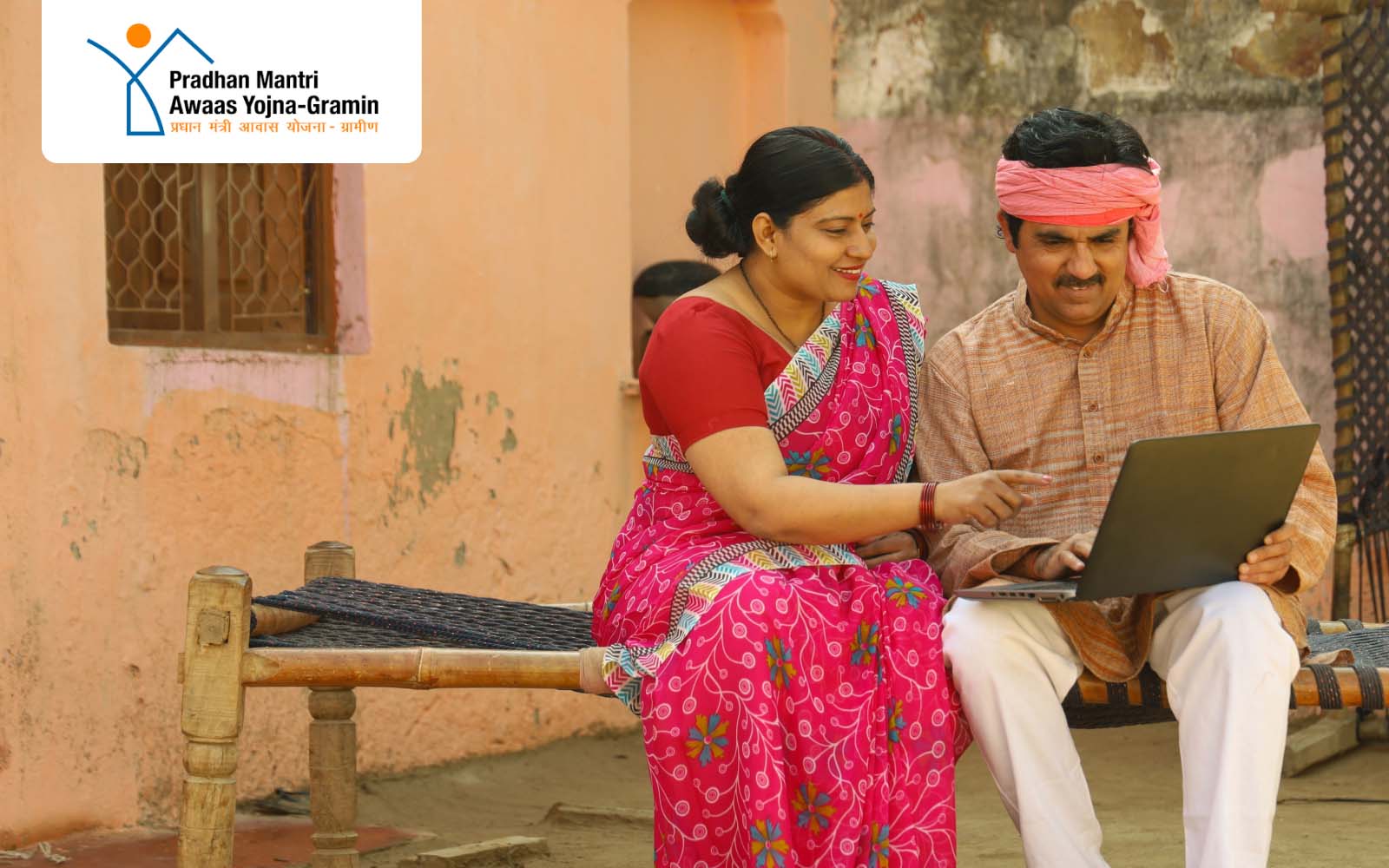
Women Empowerment:
The PMAY initiative actively encourages women to apply for the scheme. Women are prioritized as the head of the family or co-applicant, and this can lead to additional incentives.
Ownership Status:
New Construction: Families without a pucca house are eligible to apply.
Beneficiary-Led Construction: Families with land can apply for financial assistance to build a house on their existing plot.
Geographical Location:
The Pradhan Mantri Awas Yojana is available across urban and rural areas, ensuring that it caters to the housing needs of people in various regions of the country.
Age Criteria:
While there is no strict age limit, the applicant must be of legal age to enter into a financial contract (usually 18 years or older).
Government Employees:
Government employees are also eligible for PMAY if they meet the income criteria, even if they own a pucca house.
Components of Pradhan Mantri Awas Yojana
The PMAY scheme is divided into two main components, each with its unique eligibility criteria:
Pradhan Mantri Awas Yojana – Urban (PMAY-U):
This component is aimed at providing housing solutions in urban areas and has a specific set of eligibility criteria:
Income Criteria: The income criteria mentioned above apply for urban areas.
Property Ownership: The beneficiary should not own a pucca house in any part of India.
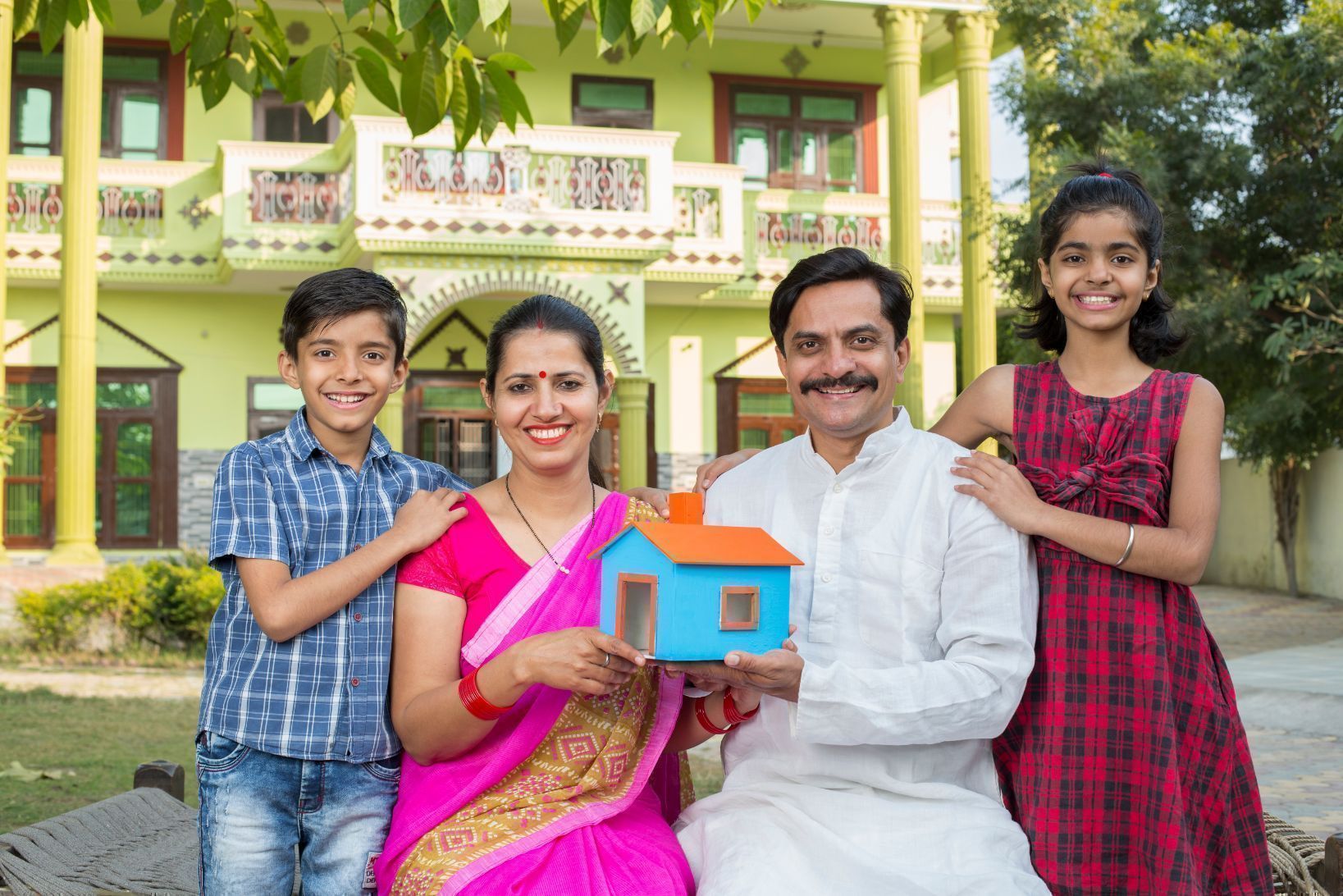
PMAY-U further has two categories:
In-situ Slum Redevelopment (ISSR): This category focuses on the redevelopment of existing slums, providing residents with better living conditions.
Credit-Linked Subsidy Scheme (CLSS): This category provides interest subsidies on housing loans, primarily for EWS and LIG.
Pradhan Mantri Awas Yojana – Gramin (PMAY-G):
This component aims to provide housing solutions in rural areas and has its own eligibility criteria:
Household Income Criteria: The income criteria for PMAY-G are lower than PMAY-U, targeting the economically weaker sections in rural India.
Property Ownership: Beneficiaries should not own a pucca house in rural areas.
PMAY-G has three major sub-schemes:
Beneficiary-Led Construction (BLC): This scheme allows beneficiaries to build a house on their own land with financial assistance.
Assistance to Individual Households (AIH): Under this scheme, eligible households are provided with financial assistance to construct a new house.
Core Housing (CH): The core housing scheme provides financial assistance to create necessary infrastructure in rural areas, which includes housing.
Benefits of Pradhan Mantri Awas Yojana
The Pradhan Mantri Awas Yojana offers numerous benefits, making it a significant initiative for affordable housing in India. Some of these advantages include:
Subsidized Interest Rates: Beneficiaries can avail interest subsidies on housing loans, which significantly reduces the cost of borrowing for constructing or buying a house.
Financial Assistance: The scheme provides direct financial assistance to eligible applicants, making homeownership more achievable.
Empowerment of Women: PMAY encourages women’s participation in the housing sector by offering incentives and recognizing them as heads of households.
Better Living Conditions: The scheme not only aims to provide housing but also focuses on improving the overall living conditions for slum-dwellers and rural households.
Reduction of Homelessness: PMAY aims to eliminate homelessness and ensure that every family in India has a pucca house.
Conclusion
The Pradhan Mantri Awas Yojana represents a visionary endeavor of the Indian government, with the goal of delivering economical and high-quality housing to its populace. The PMAY’s eligibility requirements have been meticulously crafted to accommodate the various income brackets, property ownership statuses, and regional diversity within India. In empowering individuals to realize their aspirations of homeownership, PMAY not only tackles the housing challenges but also plays a pivotal role in fostering the socio-economic advancement of the nation. This initiative stands as a momentous stride towards fulfilling the “Housing for All” pledge by 2022, enhancing the overall quality of life for countless Indian citizens.
Read More:- Unveiling the Ultimate Guide: The Best Books for Preparing for the KVPY Exam
Read More:- UNVEILING THE ULTIMATE MEMORIZATION TECHNIQUES FOR VERBAL AND




